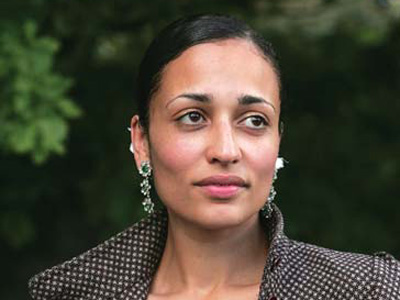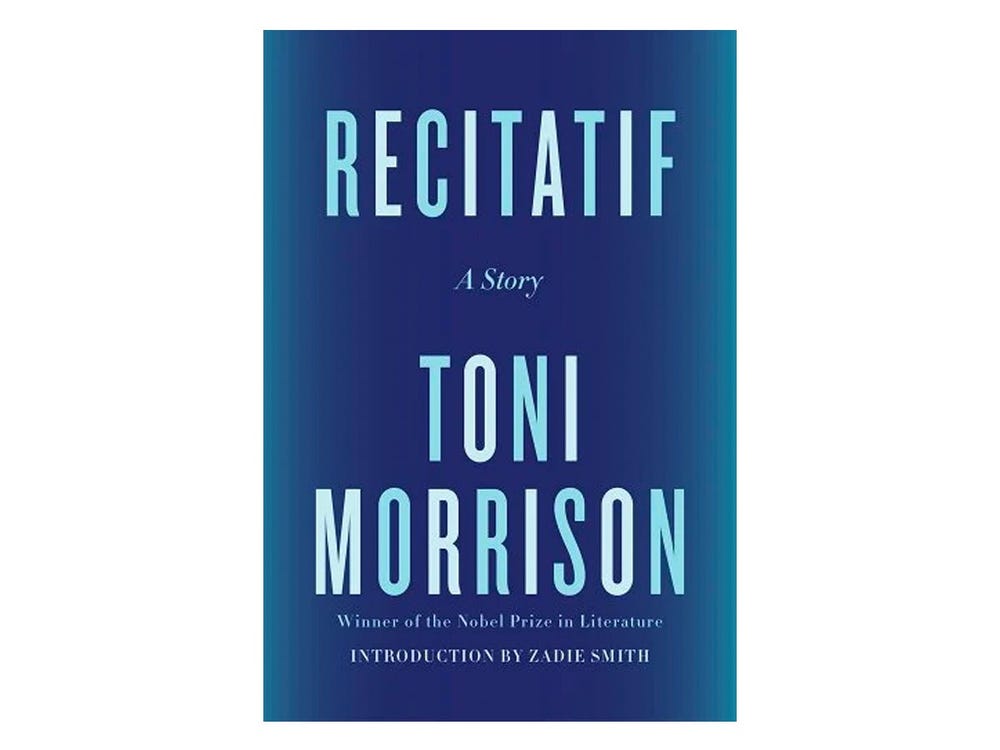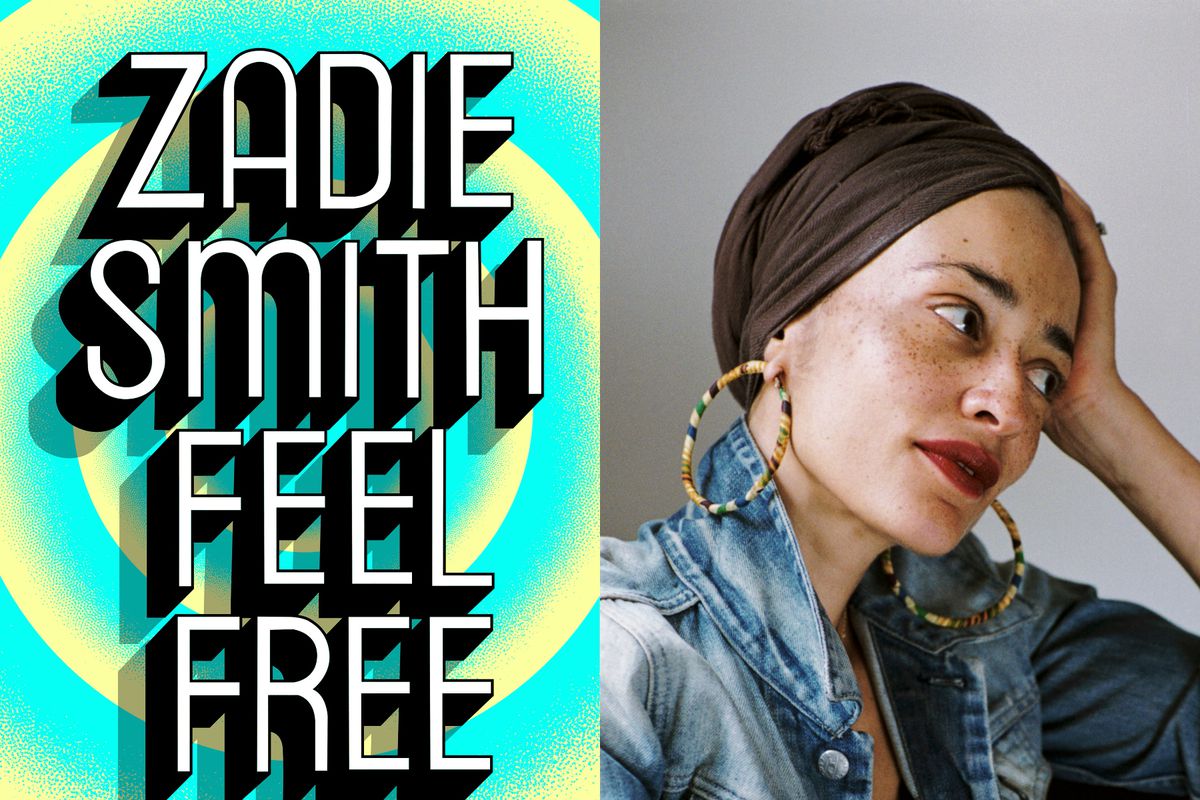We’re always delighted to read a new piece from 2006 winner Zadie Smith’s mind, as she is one of our favorite authors in the modern age. It’s kind of blasphemous for us to declare we have a favorite (after all, isn’t it like saying, out loud, that you have a favorite child?) but it’s true that Zadie Smith is at the top of our list. (Don’t worry, our list is very wide at the top.)
Her newest piece is an easy read in the New Yorker, called “The Embassy of Cambodia.” Here’s a sneak peek:
Who would expect the Embassy of Cambodia? Nobody. Nobody could have expected it, or be expecting it. It’s a surprise, to us all. The Embassy of Cambodia!
Next door to the embassy is a health center. On the other side, a row of private residences, most of them belonging to wealthy Arabs (or so we, the people of Willesden, contend). They have Corinthian pillars on either side of their front doors, and—it’s widely believed—swimming pools out back. The embassy, by contrast, is not very grand. It is only a four- or five-bedroom North London suburban villa, built at some point in the thirties, surrounded by a red brick wall, about eight feet high. And back and forth, cresting this wall horizontally, flies a shuttlecock. They are playing badminton in the Embassy of Cambodia. Pock, smash. Pock, smash.
The only real sign that the embassy is an embassy at all is the little brass plaque on the door (which reads, “the embassy of cambodia”) and the national flag of Cambodia (we assume that’s what it is—what else could it be?) flying from the red tiled roof. Some say, “Oh, but it has a high wall around it, and this is what signifies that it is not a private residence, like the other houses on the street but, rather, an embassy.” The people who say so are foolish. Many of the private houses have high walls, quite as high as the Embassy of Cambodia’s—but they are not embassies.
Want to finish the story? Keep reading here. To accompany the short story the New Yorker also did a quick Q&A with Mrs. Smith – here’s one snippet on her writing process:
When I’m writing everything is basically spontaneous. I don’t keep a journal or make notes or plan. I have a vague idea one day, sometimes a tone, or a single image—like the embassy—and even if I don’t really know why it’s stuck with me, it’s interesting (to me) that it has stuck. And then if the idea or image hangs around for long enough—weeks, or months—I sit down and try to write it out and see what it’s about.



